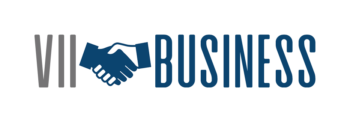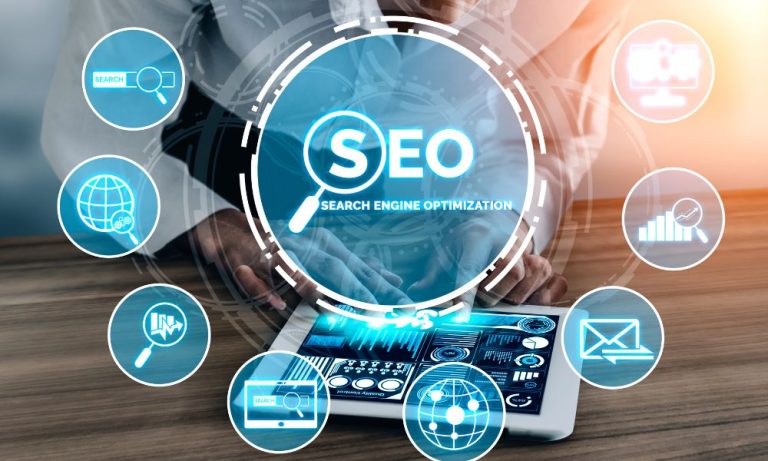The world of business is advancing at a fast pace, and technological advancements continue to transform the way organizations manage customer service. AIs and an answering service. We have all been talking for some time about ai answering service, and how it could have the most meaningful application within front desk tasks. These AI receptionists are far more advanced than mere call routing or message taking. Many business owners do not know what they can do, and this brings about efficiency and customer experience in ways that might surprise you.
In fact, in a survey conducted in 2024, organizations that adopted AI receptionists saw a 37 percent higher rate of resolving customer concerns without human involvement. The technology has come a long way since then, doing much more than just answering phones and recording messages. Understanding these surprising abilities can help companies make the most of their AI receptionist systems and continue to be competitive in an ever-more digital world.
Unexpected Capabilities of AI Receptionists
-
Appointment Management at a Higher Level
Today’s AI receptionists are not just transcribing appointments. They are running your calendar. They can analyze your schedule and identify scheduling conflicts, suggest alternative times, confirm appointments with clients, and even begin to learn your scheduling preferences over time. And it gets smarter with every interaction, learning to favor particular clients or types of appointments based on how your business operates.
-
Customer Sentiment Analysis
AI receptionists are able to review the tone, speed, and words of what callers say to determine how happy they are. This enables the system to tag pressing calls, recognize unhappy customers, and modify responses, if necessary. Some even offer reports on trends in customer sentiment, allowing companies to understand common problems or areas for improvement.
-
Multilingual Support
AI receptionists do not need off days, and is not this the best thing as a business owner? They manage calls at 3 AM and on major holidays without ever complaining. What is even more impressive is that these days, AI systems can switch seamlessly between dozens of languages, identifying the caller’s language deliberately and transitioning to a compatible language automatically. This puts businesses in touch with global markets without the cost of multilingual employees.
Can It Be Better Than Humans?
There is a mixed reaction to the question of whether AI receptionists are better than their human counterparts from one industry to another. There are certainly areas in which AI easily outperforms humans.
A study found that while AI systems field routine queries with 99.4% accuracy, human receptionists answer them accurately only 96.1% of the time. AI also never has “bad days” where it could potentially impact customer experiences.
But human receptionists are still better in complicated contexts. They are great at picking up subtle social cues, establishing personal relationships, and dealing with surprises that call for creative solutions. Humans can navigate emotionally charged conversations better and can exhibit real empathy, which AI systems can only simulate.
Most firms discover that the ideal strategy is actually a combination of both. AI takes care of low-value tasks, after-hours coverage, and high-volume periods, and human employees handle high-skill activities and relationship-based aspects of serving key clients. This hybrid approach capitalizes on the advantages of each while mitigating their respective disadvantages.
Wrapping Up!
Artificial intelligence receptionists are now a long way from simple call-answering devices and have become intelligent business assistants. They can now offer multilingual support, powerful appointment booking and scheduling, customer sentiment analysis, and seamless integration with other business systems.
While this technology matures, it is important to periodically revisit your AI receptionist capabilities to make sure your business is making the most of any new features. The most proactive of the companies are treating AI receptionists not as cost-cutting conveniences but as strategic tools that improve customer experience and operation, and delivery style.








